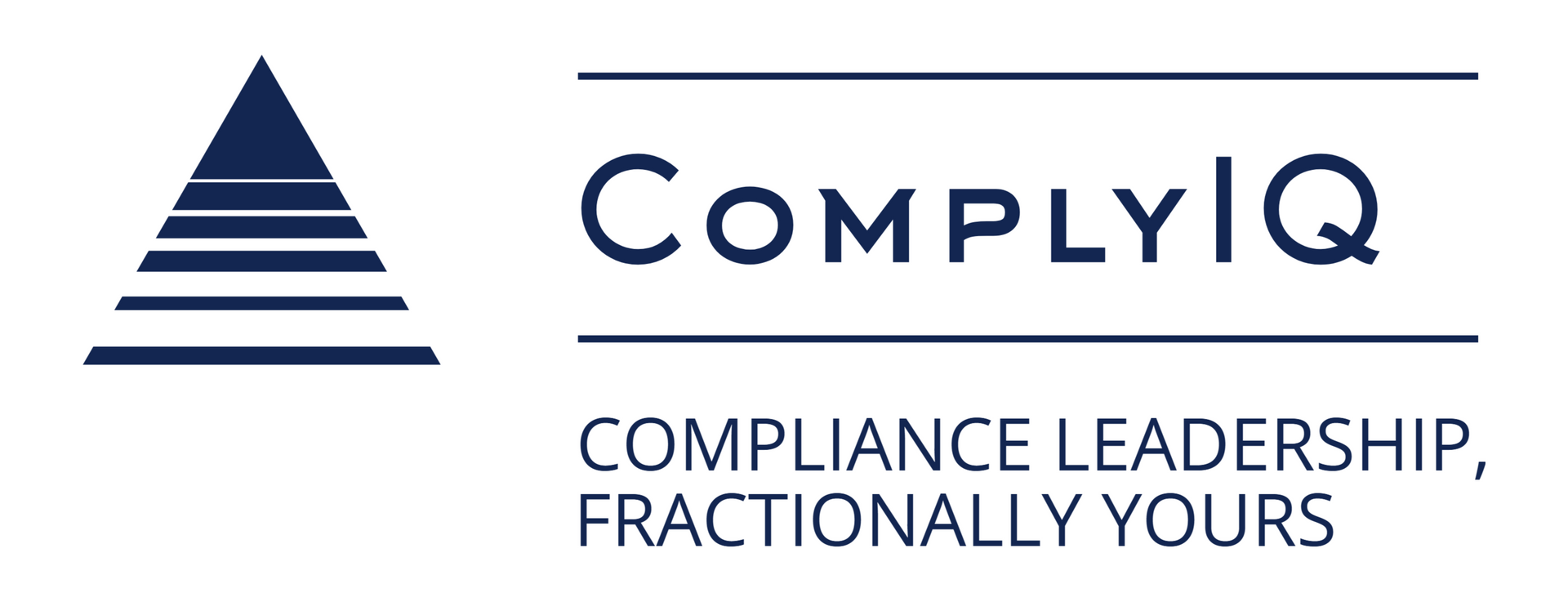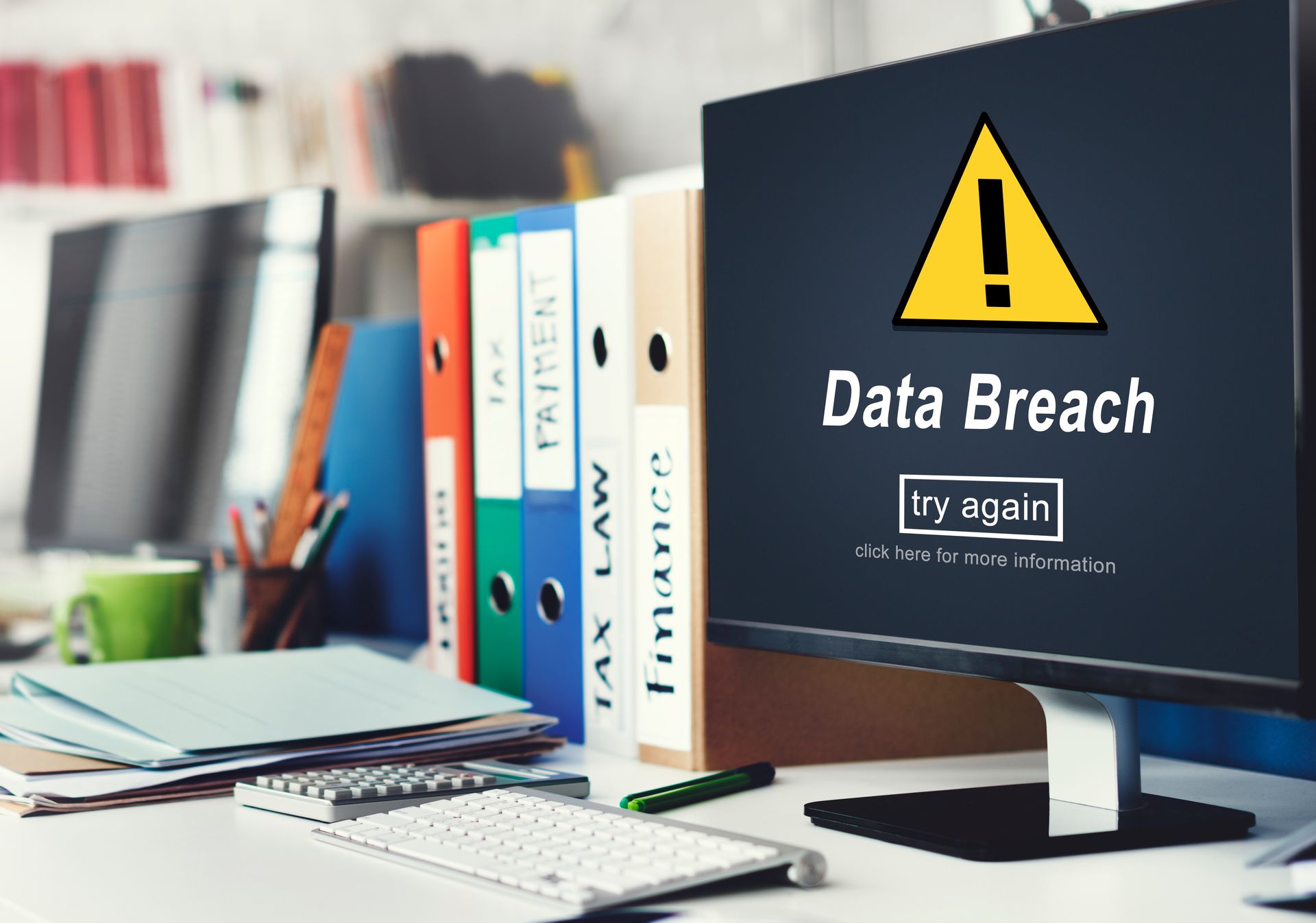Making Your Risk Assessment Framework Work for You: A Practical Guide
Learn how to Make Your Risk Assessment Framework Work for You by turning static registers into real-time, actionable processes that prevent launch delays and regulator headaches.

Your risk approach failed you again.
Most financial institutions treat risk assessment systems like compliance paperwork - something to check off during audits rather than use for actual decision-making. This checkbox mentality leaves organizations scrambling when regulatory pressure intensifies or unexpected risks surface.
The gap between having a document and having one that prevents problems is massive.
Yet most companies don't realize their systems are broken until it's too late - when product launches stall, regulators come knocking, or operational failures expose major gaps.
This guide provides a practical method for transforming your risk assessment process from a shelf document into an operational tool that actually protects your business and drives smarter decisions.
The Hidden Problem with Traditional Risk Systems
Most risk assessment processes fail at their core purpose.
Organizations spend months crafting detailed documents that gather dust while real risks go unmanaged. This "set it and forget it" mentality creates dangerous gaps in protection.
Teams conduct annual risk reviews. They update spreadsheets. They file reports.
But none of these activities connect to daily operations. The process becomes an administrative burden rather than a business asset.
Sound familiar? You're not alone.
Common symptoms reveal dysfunction everywhere:
- The baseline level of the risk framework is not at an appropriate level of granularity to effectively manage the risks
- Risk registers sit outdated for months leaving long gaps without visibility
- Generic assessments copy-paste industry templates without customization
- Teams react to problems instead of preventing them because their processes don't flag emerging issues
Recent supervisory findings show regulators discovering weak risk management at major financial institutions. These failures cost organizations millions in penalties and remediation efforts. More importantly, they damage customer trust and competitive positioning.
What really happens when systems fail? Product teams waste engineering cycles researching compliance questions that should be automated. Marketing campaigns get pulled after launch when someone realizes they violate consumer protection rules. Partnership deals collapse during due diligence because risk assessments missed key requirements.
The FFIEC has sunset its Cybersecurity Assessment Tool, signaling that static assessment approaches no longer meet regulatory expectations.
Modern processes must be dynamic, integrated, and actionable.
Our Custom Approach
Building a system that actually works requires abandoning traditional template-driven methods. Our methodology focuses on embedding risk assessment into business operations rather than treating it as a separate compliance exercise.
This method recognizes that working processes must evolve with your business.
Static documents become obsolete quickly in fast-moving fintech environments. Instead, successful approaches create living processes that adapt to changing conditions and provide real-time insights.
Step 1: Risk Universe Mapping
Risk universe mapping means inventorying every potential risk category that could impact your specific business model and regulatory environment. This goes far beyond generic risk templates.
Think of it like creating a GPS for potential problems - you need to map the entire landscape before you can navigate safely.
Start by analyzing your value chain and regulatory touchpoints. Payment processors face different risks than lending platforms or investment advisors. Your risk universe should reflect these distinctions with granular specificity.
Most companies mess up by prioritizing based on what feels important rather than what regulators actually focus on. Use a combination of likelihood assessment, potential impact analysis, and regulatory focus weighting. CISA's Cybersecurity Performance Goals provide solid prioritization criteria for technology-related risks.
Identifying your gaps requires external perspective and industry knowledge.
Emerging risks often develop at the intersection of technology changes, regulatory evolution, and market dynamics. Internal teams naturally focus on known challenges while missing peripheral threats.
Picture discovering a compliance issue three days before your product launch. That's what happens when risk mapping misses the connections between different regulatory requirements.
OWASP threat modeling techniques help identify product-level security risks that traditional enterprise systems miss. This is particularly important for fintechs where application vulnerabilities can create regulatory violations.
Fractional CCO expertise speeds up this mapping process significantly. Experienced compliance professionals bring knowledge of regulatory enforcement patterns, emerging guidance, and industry-specific risk factors that internal teams might overlook. ComplyIQ's fractional services provide this specialized knowledge without full-time hiring overhead.
Step 2: Dynamic Assessment Integration
Embedding risk assessments into existing business processes prevents them from becoming isolated compliance exercises. The goal is making risk evaluation automatic rather than something teams remember to do periodically.
Real-time risk monitoring beats periodic reviews every time.
Business conditions change constantly - new products launch, partnerships form, regulations evolve. Your system must capture these changes as they happen rather than discovering them months later during scheduled reviews.
Connect risk assessments directly to operational decision points:
- Product development should trigger security and compliance risk reviews
- Vendor onboarding should automatically assess third-party risks
- Marketing campaigns should flag consumer protection concerns
Shared Assessments SIG questionnaires provide standardized approaches for vendor risk evaluation.
Automated triggers prevent assessment gaps when business teams get busy. System integrations can flag when risk conditions change - new state licensing requirements, regulatory guidance updates, or technology architecture changes that alter your risk profile.
Integration with project management tools like Jira or Confluence ensures risk tracking happens where teams already work. This reduces friction and increases adoption compared to standalone risk management systems.
Implementation Strategies That Actually Work
Successful process implementation requires more than good documentation. You need organizational buy-in, technology support, and ongoing calibration to maintain results over time.
Building Cross-Functional Buy-In
Process success depends on champions beyond the compliance team.
Product managers, engineers, and business development teams must understand how risk management supports their goals rather than hindering them. But getting buy-in isn't about explaining what risk management is. You have to show what it prevents.
Communicate value in terms each department understands:
- Show product teams how proactive risk assessment prevents last-minute launch delays
- Demonstrate to engineering how security processes reduce emergency patches and system downtime
- Prove to sales how compliance preparedness speeds up customer onboarding
Executive support requires connecting process outcomes to business results. Track metrics like time-to-market improvements, reduced compliance violations, and faster regulatory approval processes. McKinsey's ERM implementation playbook provides guidance for building executive engagement.
Most implementations fail because they focus on thorough coverage instead of practical utility. Make risk assessment relevant to individual department goals. Finance teams focus on predictable costs - demonstrate how proactive risk management reduces regulatory penalties and remediation expenses.
Technology Integration and Automation
Technology should amplify human judgment rather than replace it.
The best risk management tools integrate seamlessly with existing workflows while providing automated monitoring and reporting capabilities. Don't make the mistake of buying standalone risk platforms that create information silos.
Evaluate platforms that connect with your current compliance and operational systems. Look for solutions that integrate with your document management, project tracking, and communication platforms.
Risk Register add-ons for Jira transform risks into tracked issues with automated workflows and audit trails. This approach builds on existing team habits while providing structured risk management capabilities.
Automation that actually works:
- Monitor regulatory feeds for guidance updates that might affect your risk profile
- Set up alerts when system configurations change in ways that alter security postures
- Create dashboards that surface risk metrics for executive reporting
Select technology that scales with business growth and regulatory complexity. Early-stage solutions should focus on simplicity and adoption. More mature organizations need sophisticated analytics and reporting capabilities.
Ongoing Calibration and Refinement
Process improvement requires continuous attention and periodic updates.
Business evolution, regulatory changes, and lessons learned from risk events should trigger refinements. But most organizations treat this as an annual exercise when it should be quarterly at minimum.
Establish quarterly reviews that go beyond updating risk registers:
- Analyze whether your risk priorities still match business realities
- Evaluate whether your assessment criteria accurately predict actual risk materialization
- Review stakeholder feedback on process utility and burden
Create feedback loops that incorporate operational experience into improvements. When risks materialize, conduct post-incident reviews to understand whether your process provided adequate warning and guidance.
Expert oversight ensures processes evolve appropriately with business complexity. Internal teams often lack the regulatory knowledge and industry perspective needed for sophisticated risk management. Our risk advisory services provide ongoing calibration support that keeps processes current and working.
Measure performance using leading indicators rather than just compliance audit results. Track metrics like risk identification timeliness, mitigation completion rates, and stakeholder engagement levels.
Common Implementation Pitfalls to Avoid
Implementation failures follow predictable patterns. Understanding these pitfalls helps organizations avoid expensive mistakes and build more functional systems from the start.
Over-engineering kills adoption faster than under-engineering.
Complex processes that require extensive training and maintenance burden teams without providing proportional value. Start simple and add complexity gradually as teams develop risk management capabilities.
Copy-paste approaches miss business-specific risks. Industry templates provide useful starting points but cannot replace customization for your unique business model and regulatory environment. Generic approaches create false confidence while missing exposures.
Most fintech leaders have tried copying what worked for other companies only to discover their risk profile is completely different.
Neglecting change management dooms technical implementations. Even perfect processes fail without adequate training, communication, and incentive alignment. Teams default to familiar processes unless new approaches provide clear benefits and support.
Treating implementation as a project rather than ongoing capability development. Risk management requires continuous attention and refinement. Organizations that declare victory after initial deployment typically find their processes deteriorating within months.
Focusing exclusively on documented processes while ignoring cultural integration. Systems work when they become natural parts of how teams think and make decisions. Compliance-driven approaches that emphasize documentation over practical utility rarely achieve this integration.
Measuring Success Beyond Compliance
Working risk processes deliver value beyond audit compliance. The best measurement approaches focus on leading indicators that predict process outcomes before problems occur.
Track decision-making improvements rather than just documentation completeness:
- How quickly teams identify and address emerging risks
- Whether risk assessments actually influence product design
- If vendor selection processes incorporate risk findings
- How operational decisions reflect risk considerations
The best risk processes become invisible - they prevent problems so well that teams forget they exist.
Process maturity benchmarks should align with organizational development stages. Early-stage fintechs need different capabilities than established financial institutions. Basel Committee operational resilience guidance provides useful maturity models for more sophisticated organizations.
Leading indicators include:
- Stakeholder engagement metrics
- Assessment timeliness
- Mitigation completion rates
These predict process performance better than compliance audit scores or documentation completeness measures.
Connect success to broader business outcomes like faster product launches, reduced regulatory inquiry frequency, and improved customer onboarding conversion rates. This demonstrates return on investment and maintains executive support.
Benchmark against industry standards while recognizing business model differences. NIST Cybersecurity Process 2.0 provides measurement guidance for technology risk components.
Frequently Asked Questions
How often should risk processes be updated?
Risk processes need continuous monitoring with formal reviews quarterly. Major business changes, new product launches, or significant regulatory updates should trigger immediate assessment updates regardless of scheduled review timing.
What's the difference between enterprise risk management and operational risk processes?
Enterprise risk management focuses on business risks that affect overall organizational objectives. Operational risk processes address day-to-day process risks and control performance. Fintechs typically need both but should start with operational processes that support regulatory compliance.
How do you balance thorough coverage with practical usability?
Start with high-priority risks that have clear business impact and regulatory focus. Build sophistication gradually as teams develop risk management capabilities. Risk matrices help maintain focus on priority risks.
What role should technology play in risk assessment processes?
Technology should automate routine monitoring and reporting while supporting human decision-making. Avoid over-relying on automated risk scoring without understanding underlying business context. Focus on integration with existing workflows rather than standalone risk management systems.
How do you maintain process results during periods of rapid growth?
Rapid growth requires scalable risk management processes and external expertise to maintain results. Consider fractional compliance support to provide specialized knowledge without full-time overhead. Prioritize automation and integration over manual processes that become bottlenecks. Community forums can also provide peer insights on practical risk management challenges during scaling phases.
How do you align risk appetite with business strategy?
Risk appetite should flow from business strategy and regulatory requirements rather than existing in isolation. COSO Enterprise Risk Management models provide guidance for connecting risk appetite to planning and performance management.
Conclusion
Working risk processes require ongoing expertise and attention to deliver real business value.
They become competitive advantages when they accelerate decision-making and prevent costly problems rather than just satisfying compliance requirements.
The biggest challenge most teams face isn't knowing what to do—it's having the expertise to do it right.
Organizations that treat risk management as business capability consistently outperform those using compliance-driven approaches. Audit your current process against these implementation strategies. Identify gaps between documentation and actual practice.
Focus on integration and adoption rather than thorough coverage initially. Expert fractional support bridges the gap between process design and operational results. Our services provide the specialized knowledge needed to implement processes that truly work for your business while maintaining cost efficiency during growth phases.










